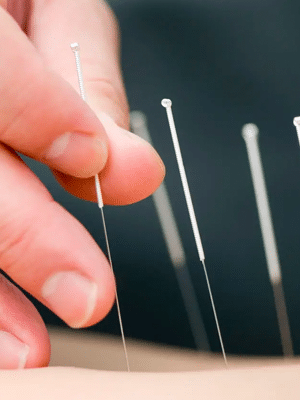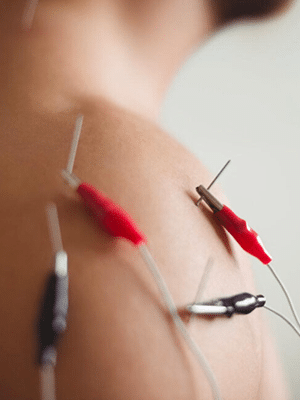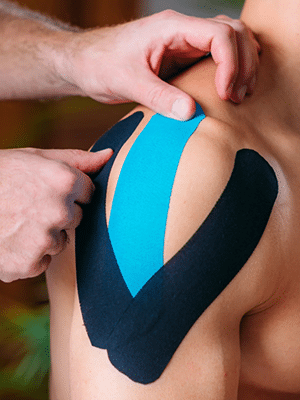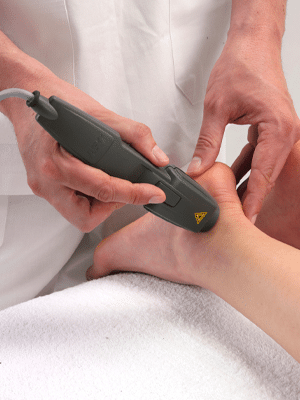Our elbows are vital yet often underestimated joints that facilitate a wide range of movements, from lifting to throwing. Protecting the integrity of this essential joint is crucial, given its complexity and susceptibility to injury. The elbow joint, being a pivot for arm movement, involves several muscles to function smoothly and efficiently.
Elbow Pain
Elbow pain conditions we can treat
Ligament Sprains are common in the elbow due to its extensive use in almost all arm movements. Sprains can occur from sudden trauma or overuse, causing pain and instability in the joint. Ligaments are tough bands of tissue that connect bones to each other, and a sprain is the stretching or tearing of these ligaments.
The symptoms typically include sharp pain, swelling, and a reduced ability to move the elbow. Patients may also experience a tearing sensation at the time of injury.
Tennis Elbow (Lateral Epicondylitis) is caused by repetitive strain on the muscles and tendons of the forearm, near the elbow joint. This condition is often seen in athletes and individuals with jobs requiring repetitive arm motions. Symptoms include pain and tenderness on the outside of the elbow, which can extend to the forearm.
Golfer’s Elbow (Medial Epicondylitis) is similar to tennis elbow but affects the inside of the elbow. It’s caused by overuse of the muscles and tendons used to flex the wrist and fingers, leading to pain and tenderness on the inner side of the elbow.
Bursitis occurs when the bursae, small fluid-filled sacs that cushion the elbow joint, become inflamed. This can result from repetitive motion or pressure on the elbow. Symptoms include swelling, pain, and limited movement in the elbow.
Osteoarthritis of the elbow happens when the cartilage that cushions the bones wears down over time. While less common than osteoarthritis in weight-bearing joints like the knee, it can cause significant pain and stiffness in the elbow.
Ulnar Nerve Entrapment, also known as cubital tunnel syndrome, occurs when the ulnar nerve in the elbow becomes compressed or irritated. Symptoms include numbness, tingling, and pain in the elbow, often extending into the forearm and fingers.
Elbow pain assessment
One of our upper body experts will start by taking a detailed medical history of the patient to understand the onset, duration, and nature of the elbow pain. They would then perform a physical examination, including palpation to identify tender areas, range of motion tests to assess joint mobility, and strength tests to evaluate muscle function around the elbow.
Once we identify the issue, we will look at performing one or more of the various treatment options we have at the Foot, Ankle & Body Experts Health Clinic.







